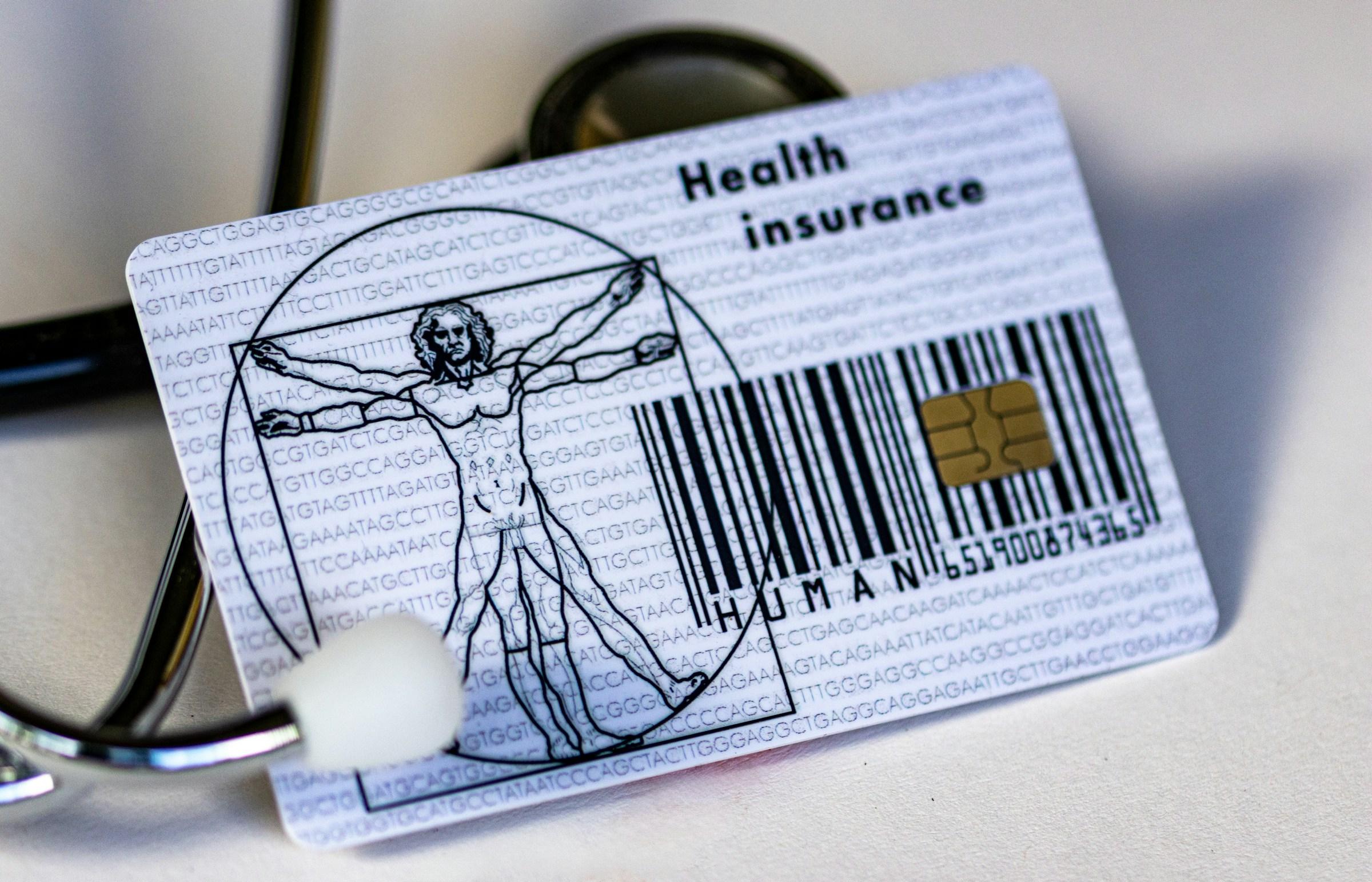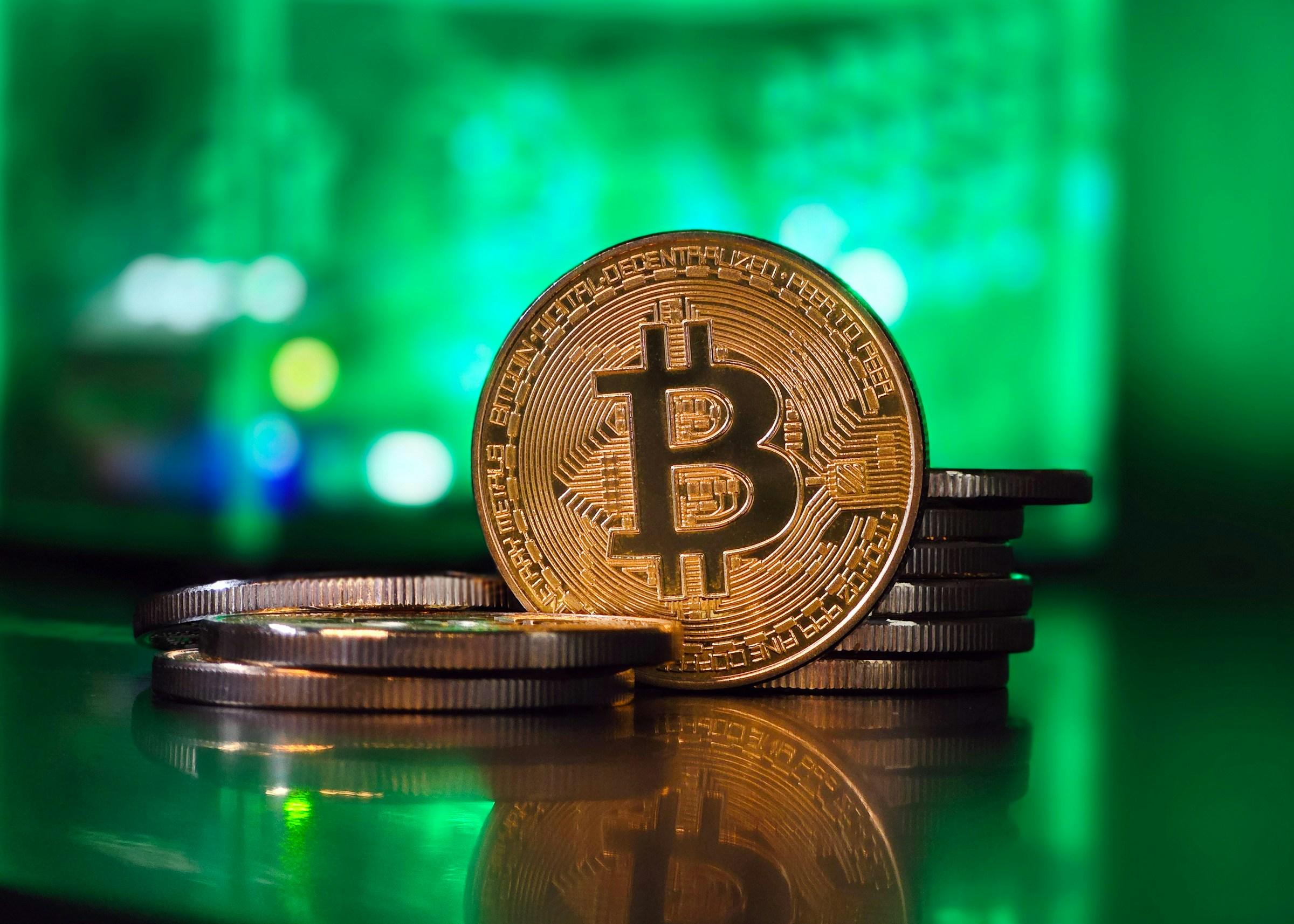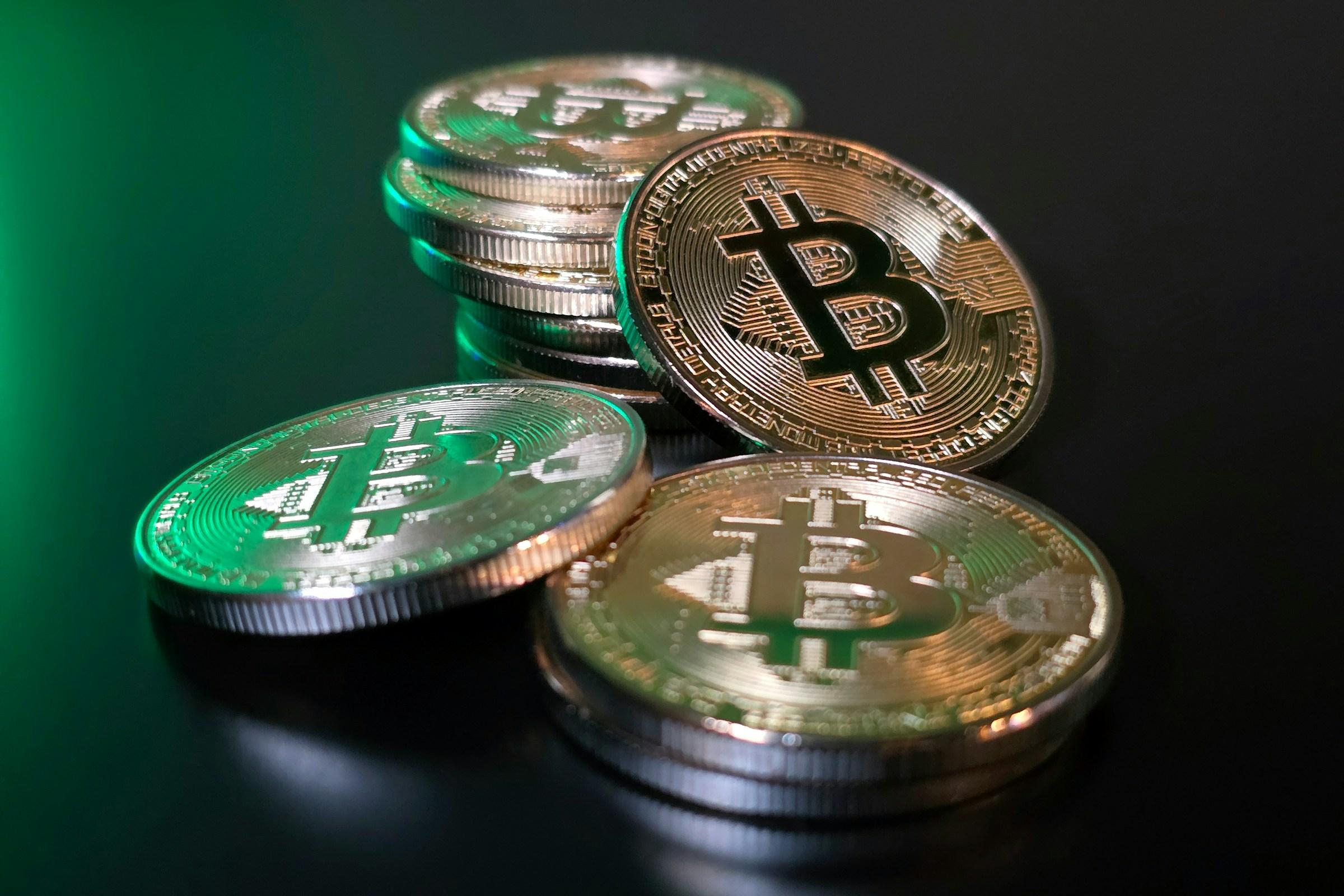If crypto feels confusing, that is not your fault. Most guides start with hype or price charts, not the actual machinery. Think of this as your friend texting you a walkthrough that starts at the lock and key, moves through the street, then ends at the marketplace. Locks and keys equal wallets and cryptography. The street is the blockchain where messages travel and get recorded. The marketplace is the exchange where you trade and swap. Once you see those three layers, the rest starts to click.
Let us start with the wallet because that is the part you touch. A crypto wallet is not a bag of coins. It is a keychain that proves you own something on a public ledger. The keychain has two parts. The public key creates your address, which is safe to share. The private key proves control, which you never share. Your seed phrase is the human-readable backup of that private key. If someone learns your seed phrase, they can move your funds. If you lose it, there is no customer support to rescue you. That design sounds harsh, but it is the point. Crypto flips custody from a bank to you.
Now the street. A blockchain is a shared database that many computers keep in sync. Instead of one server approving transactions, thousands of nodes keep a copy of the same ledger. When you send crypto to a friend, your wallet builds a transaction that says which coins you want to move, where they go, and how much fee you offer to the network for processing. Your wallet signs this message with your private key. That signature is math proof, not a password. Anyone can check that your signature matches your public key without learning your private key. The signed message goes to a waiting room called the mempool. From there, network operators pick transactions, bundle them, and propose them for inclusion on the chain.
Different chains pick different rules for who gets to bundle those transactions. Proof of Work, which Bitcoin uses, runs an energy based race. Miners burn electricity to solve a crypto-puzzle. The winner earns the right to add the next block and gets rewarded with new coins plus fees. Proof of Stake, which Ethereum now uses, asks participants to lock coins as collateral. Validators take turns proposing and attesting to blocks. Honest behavior earns fees, while cheating risks losing your stake. These are two ways to enforce the same goal. Keep the ledger accurate in a world where strangers do not trust each other.
What gets written to the ledger is not your name or your selfie. It is your address, the amounts, and references to previous outputs. That is why people say crypto is pseudonymous, not anonymous. Your activity is public, but it shows as addresses, not legal identities, until it touches a service that knows you, like an exchange where you passed verification.
Fees are part of the story. On Bitcoin, you pay miners to give your transaction priority. On Ethereum and similar chains, you pay gas to compensate validators for computation. During busy times, fees rise. During quiet times, they drop. This is not a bank queue. It is an open market for block space. Layer 2 networks formed to make this cheaper and faster. They bundle many transactions off the main chain, prove that bundle to the base chain, and pass savings to users. You will see names like Arbitrum, Optimism, and Base for Ethereum, or lightning solutions for Bitcoin. Think of them as express lanes connected back to the main highway.
So far, we have only moved coins. The moment you hear about smart contracts, you are in app territory. A smart contract is code that lives on a blockchain and holds funds according to rules that everyone can read. The rules are set when the contract is deployed. They are predictable, not negotiable. That design lets people build exchanges, lending pools, games, and markets for digital collectibles that settle without a human in the middle. When you swap tokens on a decentralized exchange, you are not handing coins to a clerk. You are telling a contract to trade your token against a pooled inventory according to math that balances supply and demand. Prices shift with each trade because the pool recalculates instantly.
Tokens ride on top of chains. On Ethereum and many EVM-compatible chains, you will meet fungible tokens that follow a shared standard and non-fungible tokens that represent unique items. Tokens can represent project governance, in-app credits, or claims on external assets. Stablecoins are a special case. They track a reference value, like one dollar, using reserves held by a company or on chain collateral rules enforced by other contracts. Stablecoins are crypto’s daily drivers because people want to send value without guessing the price every hour. When you pay a freelancer in USDC or shop inside a game that uses a stable token, you are using crypto rails with less price drama.
Exchanges turn that utility into markets. Centralized exchanges look and feel like stock apps. You create an account, pass a verification check, deposit money, and trade. The app holds your coins in custody for speed and convenience. The trade off is trust. You are trusting the company to keep reserves, run honest books, and secure its keys. Decentralized exchanges remove that company. You connect a self-custody wallet and trade directly with contracts. You keep control of your keys. The trade off is responsibility. You sign every move and pay gas every time. Both routes matter because different users want different guardrails. A beginner might start with a reputable centralized exchange for fiat on-ramps, then move funds to a self-custody wallet for long term holding or to try on chain apps when they feel ready.
Bridges connect networks. If you hold coins on one chain but want to use an app on another, a bridge locks or burns your token on the source chain and releases or mints a representation on the destination. Bridges are useful, but they are also complex and have been targets for hacks. If you cross chains, double check which official bridge a project recommends, and start with tiny amounts until you learn the flow.
Security practices are everything. Treat your seed phrase like you treat your passport and your bank PIN rolled into one. Do not type it into Google Docs, do not send it to yourself by email, and do not enter it on random sites that promise rewards. Use hardware wallets for meaningful balances. Confirm addresses by copying and pasting, not by trusting memory. Watch for approval prompts when using Web3 apps. An approval gives a contract permission to move a token on your behalf. Set spending limits when possible and revoke old approvals you no longer need. Your wallet is your lock. Keep the lock clean.
Now for the part most guides skip. The point is not just how the tech runs. The point is what someone like you can actually do with it, and where the traps hide. If you earn across borders, crypto lets you accept a stablecoin payment on a weekend and turn it into local currency on Monday. If your bank blocks small creators from opening a business account, a wallet lets you start without permission. If you game, stream, or sell digital art, tokens can be a native payment and access system. If you want to hold a scarce digital asset without depending on a company, Bitcoin offers that. All of these are real, but none are magic. Fees, volatility, and scams are not bugs you can wish away. They are conditions you plan for.
You might be wondering where regulation fits. Think of it in layers. The base layer is speech and code, which typically remains open. The on-ramps and off-ramps are where rules bite because that is where crypto touches money and identity. Centralized exchanges and stablecoin issuers must follow local laws. DeFi is trickier to regulate, not because it is above the law, but because code cannot check your passport. Expect more country specific rules on disclosures, reserves, and consumer protection. That is normal for finance that wants to move mainstream.
Let us run through a simple flow, end to end, so the pieces click into one picture. You download a wallet app and write down the seed phrase in a private place. You buy a small amount of stablecoin on a reputable exchange using your local currency and withdraw it to your new wallet address. The exchange sends the coins to your address on chain. Validators include the transaction in a block, and your wallet shows the new balance. You connect your wallet to a decentralized exchange and swap a tiny portion for a network token to cover gas. You then try a micro action inside an app, like swapping back or sending a small tip to a friend. You learn how transaction confirmations look and how to read a block explorer for receipts. Nothing fancy. Just flow. Once you can do that with tiny amounts, you know the loop. From there, you scale your skills and only then your balances.
If you only remember one mental model, make it this. Crypto is three things that work together. Cryptography lets you prove control without asking permission. Networks coordinate strangers so a ledger can settle without a central gatekeeper. Markets turn those rails into things people want to do, like send money, trade assets, or use apps. Each layer has a benefit for users and a trap for the careless. Keys give freedom, but they remove undo buttons. Open networks give access, but they charge variable fees. Permissionless markets give choice, but they cannot filter scams for you. Your edge is not secret knowledge. Your edge is basic literacy plus caution.
So how does cryptocurrency work in practice for different types of users. If you are a saver, it works as a way to hold an asset that no single company controls. Your questions are custody, time horizon, and volatility. If you are a builder, it works as a toolkit to deploy code that moves money on its own. Your questions are security, product fit, and fees. If you are a freelancer or a small business, it works as a faster settlement rail that crosses borders. Your questions are on-ramp choice, stablecoin trust, and pricing your service to cover fees. If you are a trader, it works as a 24 by 7 market with leverage available. Your questions are risk limits, counterparty quality, and tax rules. The tool is the same. The risks change with the job.
People love to ask if the entire space is a bubble. Price bubbles happen, and they pop. The underlying rails keep processing blocks. That is the difference between speculation and infrastructure. The internet had dot-com mania. After it popped, the web kept routing packets. Crypto can go through wild cycles and still settle transactions, pay creators, and run code that no single company can turn off. That does not mean every token is valuable. It means the rails are real, and you decide how to use them.
Here is the last part you will not hear from bag holders. Slow is fine. You do not need to chase what is pumping on your feed. You do not need to mint a new coin every week or bridge to every chain. Pick one chain. Learn the basics. Use tiny amounts until you can do it half asleep. Upgrade your security before you upgrade your balance. When someone promises risk free yield, assume you missed a line in the terms. When a friend says a token will 10x by Friday, assume you are being sold inventory. When fees spike, wait. When a headline says crypto is finished, remember that headlines do not process blocks. Validators do.
You asked how does cryptocurrency work, so the clean summary is this. Your wallet holds keys that control addresses on public ledgers. Transactions are signed messages that networks include in blocks through a consensus process. Smart contracts are code that holds funds and runs rules without a clerk. Tokens ride on those rails to represent money, rights, or items. Exchanges and bridges turn that plumbing into user flows. The system is open by design, which is both the power and the responsibility. It is not magic. It is math, coordination, and incentives stitched together. Once you understand those three, the noise gets quieter, and the tool becomes useful on your terms.






-7.jpg&w=3840&q=75)
.jpg&w=3840&q=75)
.jpg&w=3840&q=75)




.jpg&w=3840&q=75)